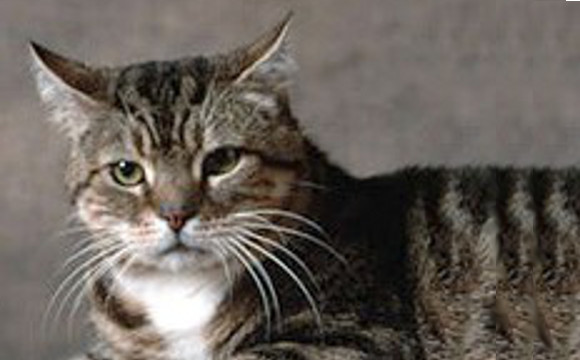History of Random Bred Cats in America
The origins of random bred cats, or domestic shorthairs, in America trace back to the early settlers. It’s believed that cats arrived with the Pilgrims or even earlier, possibly with Columbus in 1492. Evidence of domesticated cat bones found at Columbus’s landing sites suggests their presence before 1500. There’s also speculation about their arrival with the Vikings in 1001, though no concrete evidence supports this theory.
As settlers spread across America, cats became essential for controlling rat populations threatening crops. In 1749, the importation of cats from Europe was sanctioned to address this issue. These early cats were prized for their hunting skills rather than their appearance, as they played a crucial role in survival. Over time, cats integrated into households, becoming companions and symbols of good luck in American folklore.
The Rise of Cat Fancy in America
The American cat fancy movement began not long after its European counterpart. The first major cat show in the U.S. took place in 1895 at Madison Square Garden, leading to the formation of the American Cat Association in 1899. This marked the transition of cats from mere pest controllers to cherished pets and companions.
By the late 1800s, cats were featured in advertising, promoting products like cigars and shoe polish. Black cats, considered symbols of good luck, were especially popular. Today, the focus has shifted to products designed for cat owners, reflecting the growing appreciation of cats for their cleanliness and quiet demeanor.
Characteristics of Random Bred Cats
Random bred cats, also known as domestic shorthairs, are not recognized as a formal breed but possess a diverse gene pool that contributes to their robustness and adaptability. Key characteristics include:
- Alertness and Friendliness: These cats are known for their alert and friendly nature, making them excellent companions.
- Adaptability: Their varied genetic background allows them to adapt to different environments and lifestyles.
- Health and Hardiness: They tend to be healthier and hardier than many purebred cats, with fewer genetic issues.
- Low Grooming Needs: Their short coat requires minimal grooming, making them low-maintenance pets.
- Playfulness and Intelligence: These cats are playful and intelligent, often enjoying interactive toys and activities.
- Good with Children and Other Pets: Their friendly and adaptable nature makes them suitable for families with children and other pets.
The Role of Random Bred Cats in Modern Society
In modern times, random bred cats continue to hold a special place in households across America. They are often adopted from shelters and rescue organizations, contributing to the reduction of stray cat populations. Their diverse genetics and personalities make them unique and cherished members of the family.
The cat product industry has flourished, catering to the needs of cat owners with a wide range of products, from food and grooming supplies to toys and furniture. This industry reflects the growing recognition of cats as beloved pets and family members.
The Significance of Random Bred Cats in Culture
Random bred cats have also left their mark on culture and folklore. They have been featured in literature, art, and media, symbolizing various attributes such as independence, mystery, and good fortune. Their presence in advertising and popular culture further underscores their importance in society.
Conclusion
Random bred cats, or domestic shorthairs, have a rich history and continue to play a vital role in households and society. Their adaptability, health, and friendly nature make them popular pets, while their cultural significance highlights their enduring appeal. As cherished companions, they bring joy and companionship to millions of homes, reflecting the deep bond between humans and these remarkable animals.

